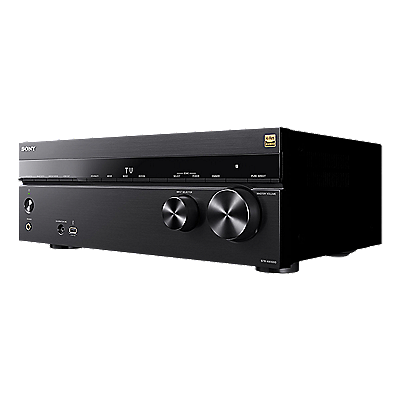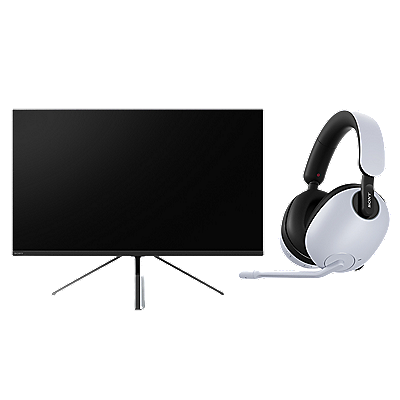Black bars are displayed on the top and bottom of the TV screen or the picture appears cut off.
IMPORTANT: This article applies only to specific products and/or operating systems. Check Applicable Products and Categories for details.
Why do I see black bars?
All TVs have an aspect ratio (The ratio of the width to the height of an image or screen). Current model LCD or LED TVs have an aspect ratio of 16:9 or 1.78:1. This is much wider than older TVs that were 4:3 or 1.33:1.
- Standard TV (4:3):
If you have a standard TV with a 4:3 aspect ratio, this is because the video was recorded or is being broadcast in a wide-screen, 16:9 aspect ratio. Theatrical movies are commonly recorded and broadcast in the same aspect ratio as they were seen in the theater, which is typically wide-screen. This means that the width of the movie may be longer than the width of your 4:3 TV screen. To fit the entire picture of a wide-screen movie on a 4:3 TV and maintain the proper dimensions, the size of the movie is reduced. Therefore, since the width of the movie is wider than its height, black bars are seen at the top and bottom of the screen.
- HDTV (16:9):
It is still possible to see black bars at the top and bottom of the picture if you have an HDTV with a 16:9 aspect ratio. As with standard TVs, this has to do with the way the displayed video was recorded or is being broadcast. Although the term wide-screen is commonly associated with a 16:9 aspect ratio, true 16:9 as it relates to film has a 1.78:1 aspect ratio. Depending on the filmmaker, movies can be recorded with an even wider aspect ratio - 1.85:1 and 2.35:1 are fairly common ratios. To fit the entire picture of a movie larger than 1.78:1 on a HDTV screen and maintain the proper dimensions, the size of the movie is reduced, which results in black bars being seen at the top and bottom of the screen.
The reason that you end up seeing black bars on some TV shows and movie is that many films and shows were, and are, made in a different ratios (usually wider) than what your TV supports.
Examples when using a current TV with a 16:9 aspect ratio:
- If the aspect ratio is listed as 2.35:1 or 2.40:1, which is common for big blockbuster and epic movie, you will see large black bars on the top and bottom of the image.
- If you have an older classic movie and the aspect ratio is listed as 1.33:1, you will see black bars on the left and right side of the image.
What can I do about these black bars?
IMPORTANT: If model-specific information is needed for information about the availability and operations of the features mentioned in this solution, refer to the instructions supplied with the product.
Manuals are posted on your model support page.
Some TVs have a screen mode feature called ZOOM or WIDE that allows the picture to be adjusted to fill the entire screen. Many set-top boxes, DVD players, and Blu-ray Disc® players also may have a setting that allows the picture on the TV to be adjusted. These options are normally located on the remote control, but also may be available in menu system of the product. For Sony Blu-ray Disc players, steps to configure the screen settings is available .
While the Zoom or Wide feature can help remove the black bars, the main thing to be concerned about is not whether image fills the screen, but that you are seeing everything in the image that was originally filmed. Being able to view the entire image as originally filmed rather than be concerned about how thick the black bars are.
Stretching or Zooming the image to fill the space and get rid of the bars will distort the image or cut off parts of the original recording, resulting in objects appearing wider horizontally. Once again, the important issue is that you able to view entire image, not whether the image fills the entire screen.
Please accept Youtube cookies to watch this video
Access your cookie preferences below and make sure to switch on the Youtube cookie under the 'Functional' section.
Related Articles
Product Repair
Repair information and service assistance
Community
Here you can ask questions and connect with other Sony users
Parts & Accessories
Product information and sales assistance
Register a Product
Keep track of all your products in one location
Contact Support
Product support & customer relations























